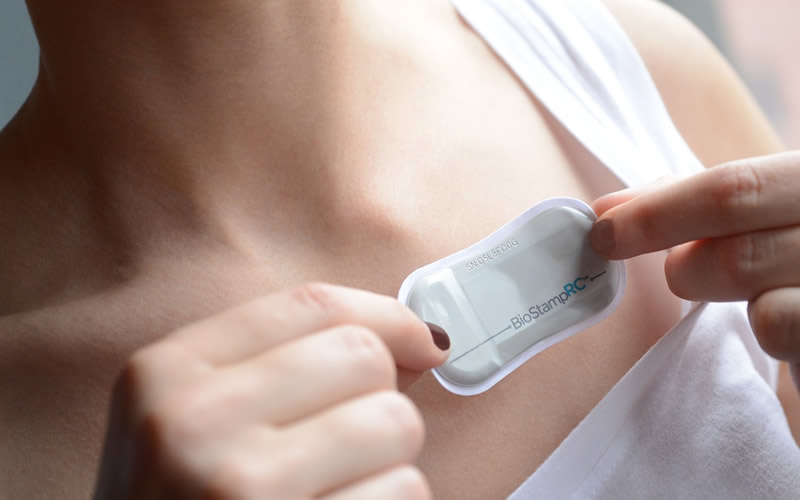Reducing the risk for advanced medical wearables
Altium Designer is playing a key role for a developer of wearable electronics for the medical industry, by embracing flexible design and reducing manufacturing risk.
Founded in 2008, MC10 develops wearable electronics that combine breakthrough technology with state-of-the-art engineering. The company is dedicated to extending insight into human activity through gathering complex physiological data with electronics that are virtually invisible, conformal and wearable. Its technology platform combines conventional electronics and novel mechanics to enable a new generation of thin, orthomorphic electronic systems that can stretch, bend and twist seamlessly with the human body.
At the leading edge of MC10’s technology is BioStampRC, a wearable sensor patch that can be placed anywhere on the human body to gather deep insights into physical issues, such as muscular disease.
As a company that is reshaping electronics for use across a range of new digital health, consumer and medical applications, MC10 needed to find an advanced PCB design software solution that would allow the company to push the boundaries of traditional electronic design.
The challenge
Most electronic systems that power digital life are flat and inflexible, and designed for use in rigid devices, such as computers and other electronics - not on a constantly moving and flexing object like the human body. However, with the global market for smart wearables projected to generate $37bn by 2020, there are plenty of companies looking to capitalise on wearable technology.
Designing technology like the BioStampRC, it would still require a matching PCB design tool that harnesses flex circuit design and provides the ability to create and use non-standard shaped boards.
Boards designed for the BioStampRC are small and dense, with a lot of board cutouts, odd geometry and strangely shaped polygons with very accurate radiuses. Oftentimes on a 3-5cm board there would be up to 300 custom drawn polygons.

In addition, once such a non-standard design is completed, it has to be easily shared across multiple contract manufacturers to be able to get the best quotes without compromising production time and quality.
Therefore, the tool had to allow for smooth and precise design, while designs had to be portable and manufacturable to lower production risk and speed up time-to-market.
The solution
Having used Altium Designer at previous companies, MC10’s design engineers already knew they appreciated the unified environment, where they wouldn’t have to leave the application in order to manage components or documentation. In addition, the Altium ‘all-in-one’ business model made it easier to add and maintain additional licenses. Finally, Altium Designer offered a number of advanced features that ease the flex design hurdles and challenges designers face on a daily basis.
For example, one such feature used for the BioStampRC designs is the Altium Designer teardrop feature. It ensures precision in placement, and that all lines have smooth and fluid curves. Altium Designer allows you to place teardrops exactly how and where you need them to avoid misalignments that can lead to lower production yield.
Also, Altium Designer makes it easy to modify and edit multiple custom polygons with its various polygon tools. With such tools, designers are able to save time as they do not have to go back and redraw a polygon if something is incorrect. Instead, they can edit the existing polygon, tweaking it to ensure the fit is correct.
Another invaluable feature for designing flexible PCBs is the PCB Layer Stack Management offered by Altium. By joining rigid sections of PCBs together via flexible sections, it is possible to design complex, hybrid PCBs that can be folded to fit into unusually shaped enclosures.
As summed up by Bryan McGrane, a Senior Electrical Engineer at MC10, and veteran user of Altium Designer: “Given our company’s unordinary flexible board that may not be ‘industry standard,’ it’s oftentimes hard to turn a design into something that is portable and manufacturable across multiple contract manufacturers. However, as I’ve experienced through using Altium Designer every day, the software has all of the necessary tools to generate exactly what I need for CMs. Overall, Altium solves all of the problems I have as an electrical design engineer.”
Results
By using Altium Designer, MC10 has been able to push the envelope of circuit design, specifically with regard to flex and stretch abilities. Because of Altium’s offering, the MC10 team has been able to harness their imagination and continue creating advanced, futuristic electronics designs - rather than becoming entangled in back-end complexities.


